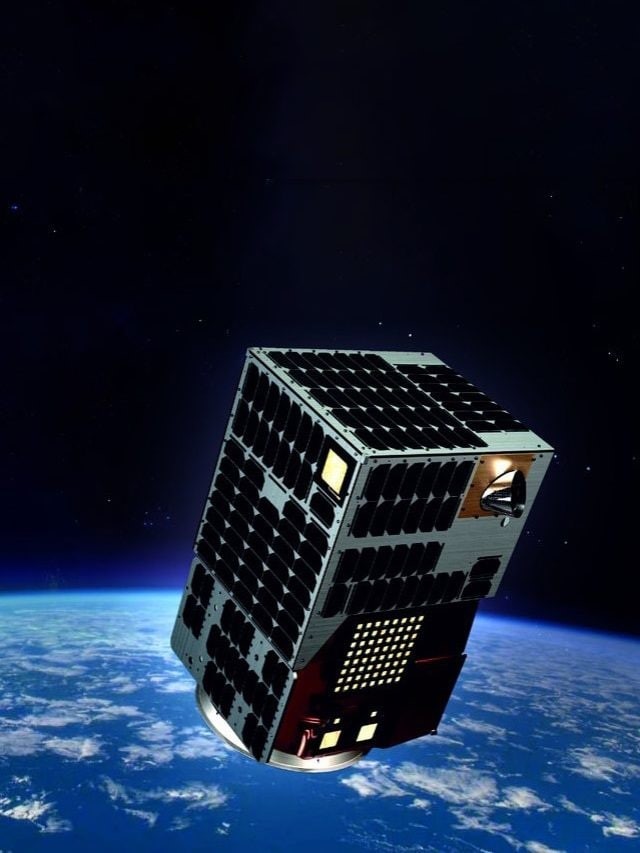Free Courses Sale ends Soon, Get It Now


Free Courses Sale ends Soon, Get It Now



Source: Business Today
Disclaimer: Copyright infringement not intended.
Context
Details
Satellite Deployment
Satellite Capabilities
Manufacturing
Bandwagon-1 Mission
About Satellites
General Components of a Satellite:
Types of Satellites:
Communication Satellites:
Navigation Satellites:
Earth Observation Satellites:
Weather Satellites:
Reconnaissance Satellites:
Scientific Satellites:
Navigation and Research Satellites:
Orbits of Different Satellite Types:
Must Read Articles:
Sources:
|
PRACTICE QUESTION Q. Satellites play diverse and vital roles in modern society, from facilitating global communication to enabling precise navigation and monitoring Earth's environment. Substantiate. (250 Words) |
© 2024 iasgyan. All right reserved